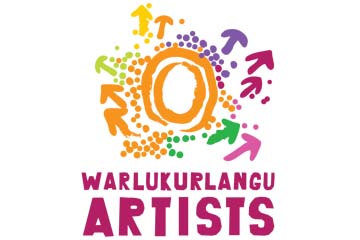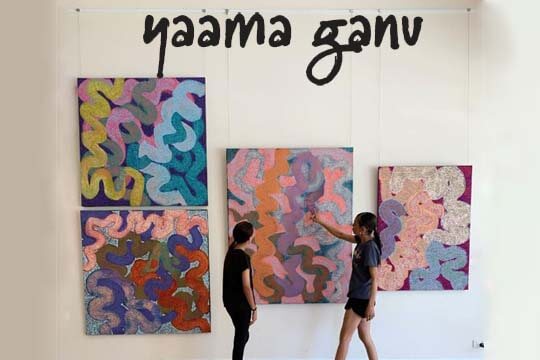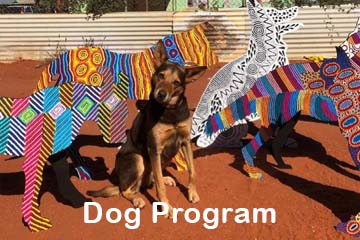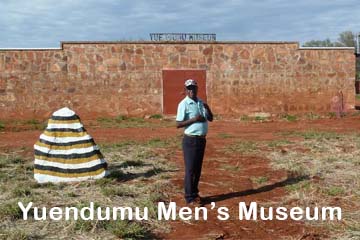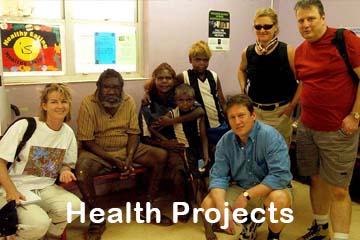Grove Juice is proud to continue our long-standing support for Aboriginal communities across Australia.
Introducing our limited-edition Aboriginal Art Series range of fresh juices.
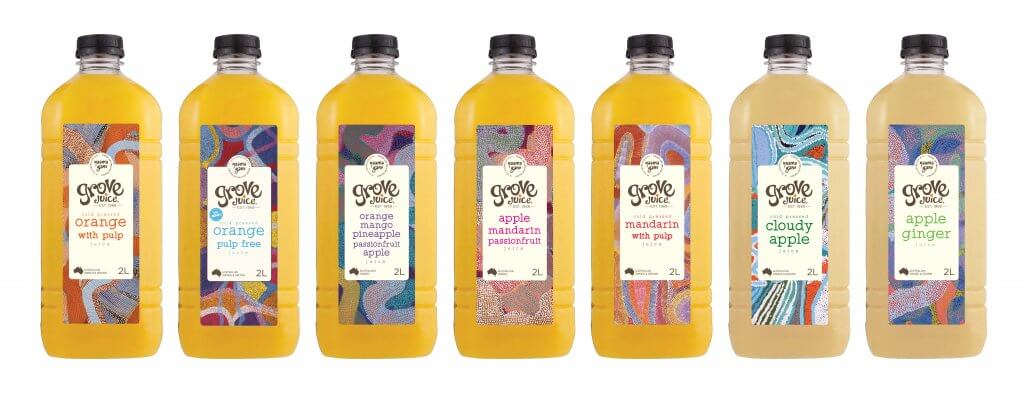
A percentage of sales from every 2L bottle will go to each artist for their work, to the Warlukurlangu Art Centre community projects, and to Indigenous employment through the AES.
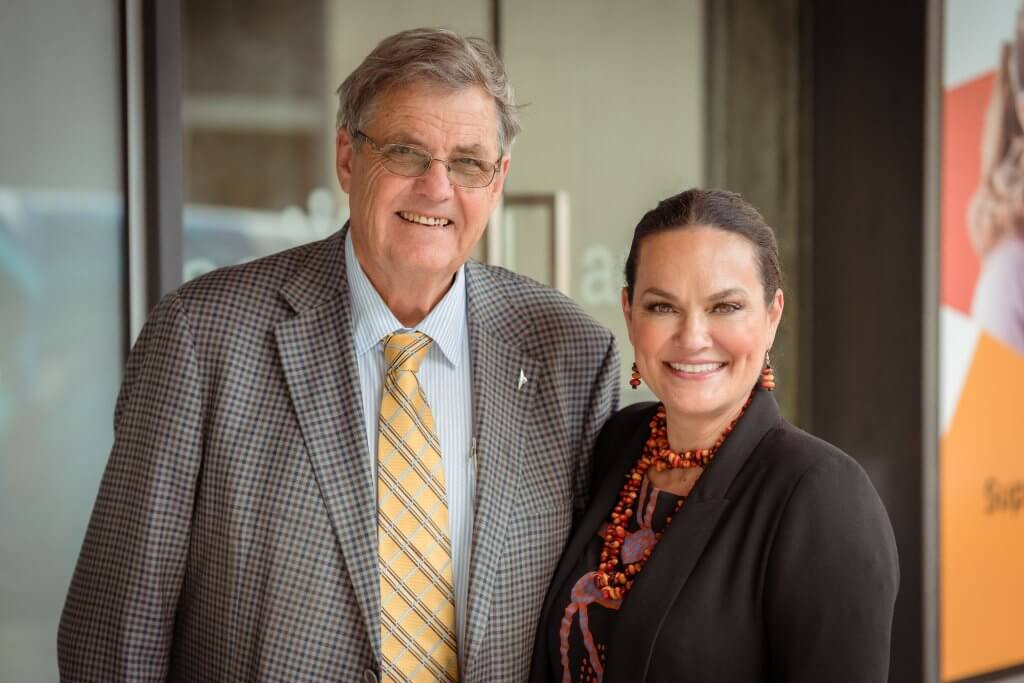
Why are we choosing to do this?
Since the early 1990’s, Grove Juice owner Dick Estens has worked closely with key aboriginal leaders to deliver the most successful national Aboriginal and Torres Strait Islander employment company in Australia, the Aboriginal Employment Strategy LTD (AES).
20 years on, the AES is cottoning on strong with 13 office locations from Sydney to Darwin made up of talented, passionate, skilled local Aboriginal and Torres Strait Islander people and delivering over 1,500 career placements for Aboriginal and Torres Strait Islander people in every industry, sector and level each year. More than 150 young Aboriginal and Torres Strait Islander people complete school based and full-time traineeships and apprenticeships each year. The AES employs over 80 full time Aboriginal and Torres Strait Islander people to operate its offices and practices what it preaches when it comes to empowerment. AES invests strongly in its own Aboriginal and Torres Strait Islander workforce by training its teams in how to run an effective business and provides mentoring and training to its teams. AES also supports a large casual contingent workforce across the country to meeting the demands of employers. Intensive Aboriginal and Torres Strait Islander mentoring, and support remains a key ingredient in the AES success story.
The story behind each artists work
Vanetta Nampijinpa Hudson
Vanetta Nampijinpa Hudson
Vanetta Nampijinpa Hudson
Vanetta Nampijinpa Hudson
Margaret Nangala Gallagher
Agnes Nampijinpa Brown
Liddy Napanangka Walker (decd.)
About our Artists
Vanetta Nampijinpa Hudson
Artist Vanetta Nampijinpa Hudson’s work features on four of our 2L juice bottle designs.
Vanetta was born in 2000, in Alice Springs, and attended her local school in Nyirripi before attending Worawa Aboriginal College in Melbourne, Victoria. Once she finished school she returned to Nyirripi.
Vanetta began painting with Warlukurlangu Artists Aboriginal Corporation, an Aboriginal owned and governed art centre located in Yuendumu and Nyirripi, in 2017. She paints her father’s Warlukurlangu Jukurrpa (Fire Dreaming), stories which relate directly to her land, its features and the plants and animals that inhabit it. These stories were passed down to her by her father and his father before him for millennia. She uses pattern and colour to develop a modern interpretation of her traditional culture.
When Vanetta is not painting, she likes to play softball or basketball with her friends.
Agnes Nampijinpa Brown
Artist Agnes Nampijinpa Brown work features on our Grove Mandarin Juice bottle.
Agnes Nampijinpa Brown was born in 1973 in Nyirripi, a remote Aboriginal community approximately 450 km north-west of Alice Springs in the NT of Australia. Agnes attended the Yuendumu School, finishing Year 12.
Agnes has been working with the Warlukurlangu Artists Aboriginal Corporation, an Aboriginal owned and governed art centre at Yuendumu, since 2007. She paints her father’s Jukurrpa stories, the Yankirri Jukurrpa (Emu Dreaming) and the Pamapardu Jukurrpa that relate directly to her father’s country around Mikanji, found west of Yuendumu and Walungurru south-west of Nyirripi. These stories have been passed down over the generations for Millennia. Agnes lives with her family and loves painting.
Liddy Napanangka Walker (Deceased)
Artist Liddy Napanangka Walker’s work features on our Grove Apple Juice bottle.
Liddy was born in 1925 at Mt Doreen, and spent her younger years living with her family in bush camps.
She started painting on canvas not long after Warlukurlangu Artists Aboriginal Corporation, an Aboriginal owned and governed art centre located in Yuendumu, was established in 1985 and Liddy become one of the most important members. Liddy painted her father’s Jukurrpa stories, Dreaming stories which relate directly to her land, its features and animals. These stories were passed down to her by her father and her grandfather and their parents before them for millennia.
“I paint my father Japangardi’s Dreaming and my grandfather’s Dreaming. Mt Theo is my father’s country and that’s what I’m painting the special Dreamings from. The Dreamings I paint are bush tomato, goanna….Goanna likes to fight and is a lover boy. And I paint seed pods and bush potato and hopping mouse. There are lots of stories…I paint strongly.”
Margaret Nangala Gallagher
Artist Margaret Nangala Gallagher work features on our Grove Orange Juice Pulp Free bottle.
Margaret was born in 1967 in Alice Spring and is the daughter of Pauline Napangardi Gallagher, an artist who has been painting with Warlukurlangu Artists since 2005. Margaret attended the local Yuendumu School but shortly after moved to Nyirripi with her family. Margaret still lives in Nyirripi, an Aboriginal community 160 kms west of Yuendumu.
Margaret has been painting with Warlukurlangu Artists Aboriginal Corporation, since 2007. Warlukurlangu Artists is an Aboriginal owned and governed art centre located in Yuendumu, and has been providing the residents of Nyirripi with materials to paint since 2005. She paints with her mother and learnt to paint watching her mother and other people in the community painting. She particularly enjoys painting with her mother as it is an opportunity for her and her mother to share their Jukurrpa stories, Dreamings passed down to her by her father and mother and their parents before them for millennia. Margaret paints her Yankirri Jakurrpa (Emu Dreaming) from her father’s side and this Jukurrpa story belongs to Jangala/Jampijinpa men and Nangala/Nampijinpa women. When Margaret is not painting she is studying at Batchelor College in Alice Springs as well as working at the Women’s Centre in Nyirripi.
Yaama Ganu
In 2011, the Estens family opened a not-for-profit art gallery and cafe, Yaama Ganu, in Moree NSW. Owned and operated by the Aboriginal Employment Strategy, the Gallery proudly supports and features consigned works from artists of the local Kamilaroi Nation and Aboriginal managed Art Centres from communities around Australia. Art Centre’s are community-based enterprises which provide economic, social and cultural benefits to Aboriginal people and play a vital role in their communities. The Yaama Ganu Gallery will only exhibit works from these Art Centre’s to ensure that all exhibited artists are paid the market value for their work.
The Yaama Ganu Gallery is a member of the Indigenous Art Code. The Indigenous Art Code was established to promote fair and ethical trade in works of art by Indigenous artists. To exhibit works from Aboriginal Art Centres that pay market value for their work.
The art featured on this bottle comes from the Central Australian Art Centre, Warlukurlangu, which supports the supporting the remote community of Yuendumu.

Warlukurlanga Artists
Warlukurlangu Artists is one of the longest running and most successful Aboriginal-owned art centres in Central Australia.
Warlukurlangu Artists is supported by funding from the Australian Government through the Indigenous Visual Arts Industry Support.
Warlukurlangu Artists is based in the community of Yuendumu in Central Australia, located 290km northwest from Alice Springs on the Tanami Road. Yuendumu is a large Aboriginal community; the population fluctuates between 700 to 1000 people and it comprises families from similar language groups with strong cohesive traditional culture. Yuendumu has a school, clinic, police station, several shops and other Aboriginal organisations including Mt Theo Youth Program, Kurdu Kurdukurlangu Childcare Centre, Western Desert Dialysis Unit, PAW Media, and Women’s Centre.

